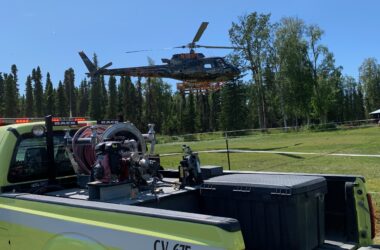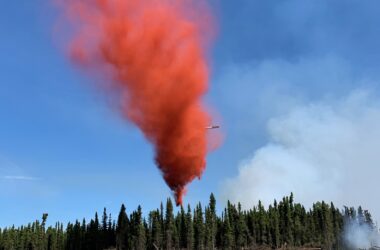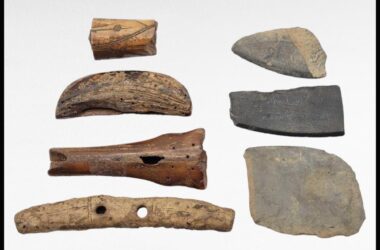A clammer digging north of Ketchikan two weeks ago unearthed more than they bargained for, suffering mild Paralytic Shellfish Poisoning (PSP) after consuming the clams on April 24.
The State Department of Health is again warning Alaskans not to eat recreationally-harvested shellfish. Greg Wilkinson said it’s virtually impossible to detect elevated toxins without a lab test…
Wilkinson: “Paralytic Shellfish Poisoning, you can’t tell by looking at something, you can’t tell tasting it, you can’t tell if it has Paralytic Shellfish Poisoning or not. You can’t cook it out, you can’t clean it out. Our advice is just to be extremely cautious and suspect when recreational harvesting any shellfish.”
The confirmed case last week involved a mixture of clams (horse, manilla, and butter). The Department says the patient experienced symptoms within 30 minutes of eating the clams, including tingling of the lips and tongue.
In more severe cases, those symptoms progress to tingling of fingers and toes, then loss of control of arms and legs, followed by difficulty breathing. Death can result in as little as two hours.
Clams leftover from the meal were tested at Alaska’s Department of Environmental Conservation Environmental Health Laboratory and found to contain markedly elevated levels of saxitoxin (1,090 µg per 100 grams of meat). The regulatory limit is 80 µg per 100 grams.
Clammers often look for a “red tide” to determine if algae is present, but the Department says there is no way to tell if a beach is safe for harvesting simply by looking at it. The toxins that cause PSP can be present in large amounts even if the water looks clear, and can remain long after the algae bloom is gone.






